Top 5 DevOps Tools You Need to Use in 2025
- Nitin Yadav
- Knowledge
About
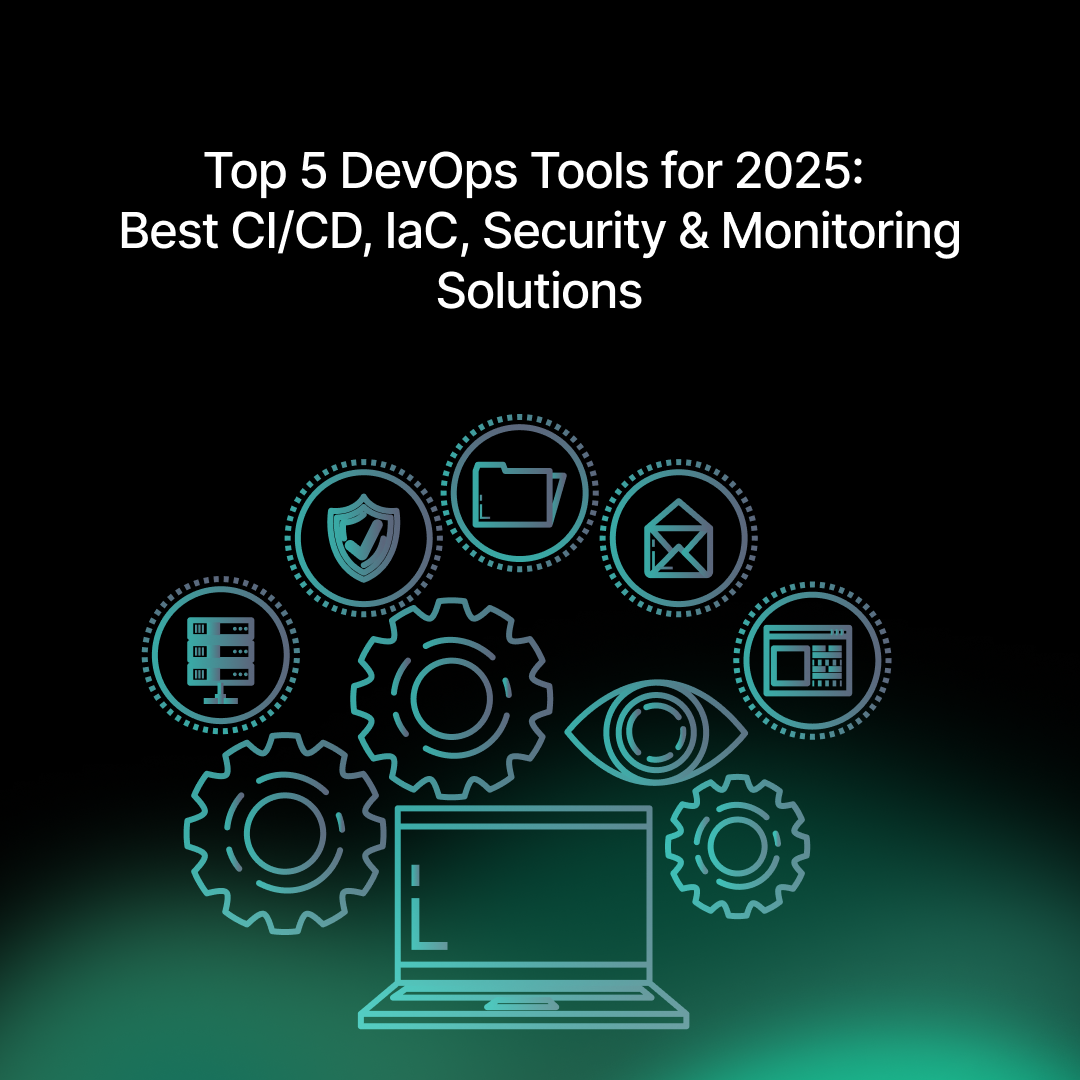
Discover the top 5 DevOps tools for 2025 that enhance automation, security, and efficiency in software development. Learn how these tools streamline DevOps workflows and improve productivity.
Industries
- AI-Driven DevOps, CI/CD Automation, Cloud-Native Applications, DevOps Productivity, DevOps Tools, Security-First DevOps
Share Via
Introduction
The DevOps ecosystem is rapidly evolving, and choosing the right tools is essential for improving efficiency, automation, and security in software development workflows. As cloud-native applications, AI-driven automation, and security-first DevOps gain momentum, selecting the best tools can enhance productivity and streamline DevOps processes.
In this article, we will explore the top 5 DevOps tools for 2025, covering their key features, use cases, and why they stand out. We will also include comparisons with alternative tools, pricing insights, and integration strategies to help you make informed decisions.
What is DevOps?
DevOps is a software development methodology that integrates development (Dev) and IT operations (Ops) to streamline software delivery. It emphasizes automation, collaboration, continuous integration, continuous deployment (CI/CD), and monitoring to improve efficiency and software quality.
Key Principles of DevOps:
- Automation – Reducing manual tasks in development, testing, and deployment.
- Continuous Integration & Continuous Deployment (CI/CD) – Ensuring seamless code integration and faster releases.
- Collaboration – Breaking down silos between development and operations teams.
- Monitoring & Feedback – Using observability tools to detect performance issues and optimize applications.
By implementing DevOps, organizations can accelerate software delivery, reduce errors, and enhance system reliability.
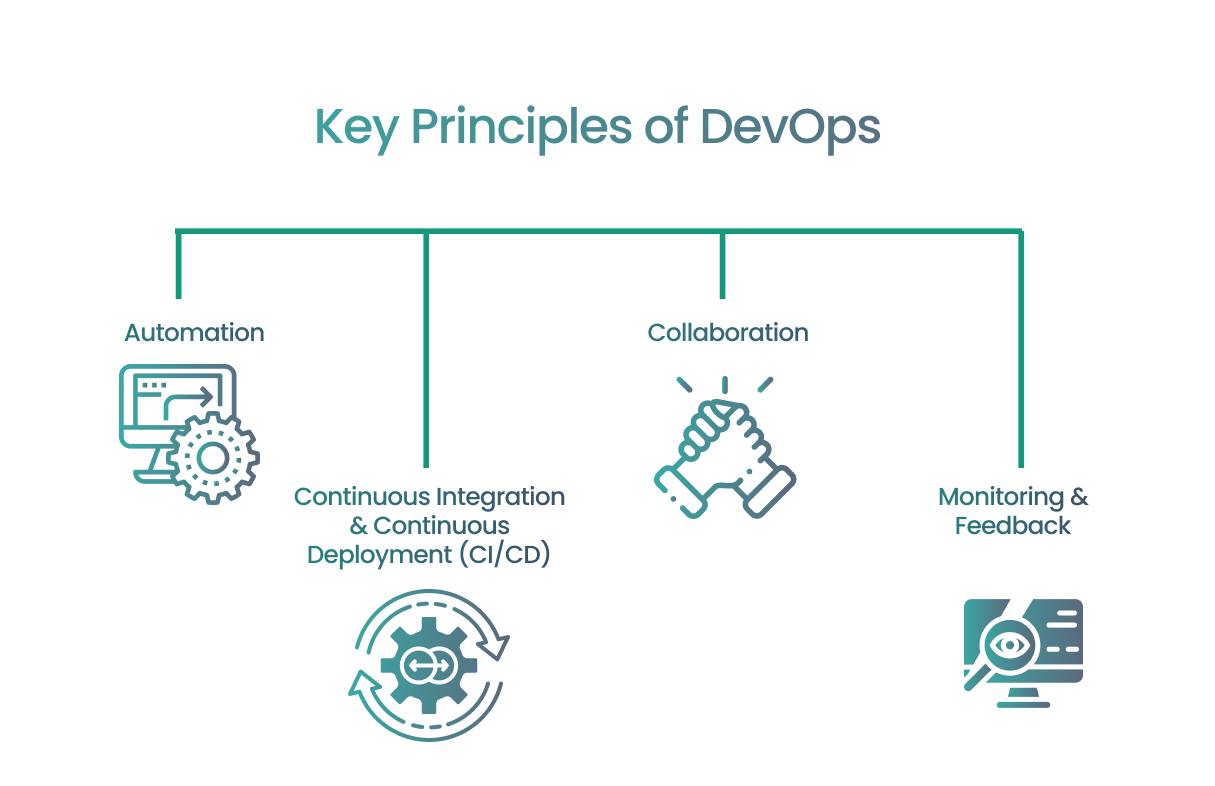
What is a DevOps Tool?
A DevOps tool is software that helps automate and streamline DevOps practices, making it easier for teams to develop, deploy, and manage applications efficiently. These tools cover various aspects of DevOps, including:
Categories of DevOps Tools:
- CI/CD Tools – Automate build, test, and deployment pipelines.
- Infrastructure as Code (IaC) Tools – Manage infrastructure configurations programmatically.
- Security & DevSecOps Tools – Identify and fix vulnerabilities in software.
- Observability & Monitoring Tools – Track application and infrastructure health.
- Collaboration & Environment Management Tools – Enable better workflow management for DevOps teams.
Selecting the right DevOps tools ensures smoother deployments, improved security, and optimized cloud resource utilization.

1. CI/CD & Automation: Jenkins X
Why It’s Essential
Jenkins X is a Kubernetes-native CI/CD automation tool designed for cloud-native applications. It simplifies continuous integration and continuous delivery (CI/CD), making it an excellent choice for modern DevOps teams.
Key Features
- Automated CI/CD pipelines optimized for Kubernetes.
- GitOps-based deployment workflows for consistency.
- Built-in preview environments for real-time testing before production releases.
- Seamless integration with Helm, Terraform, and Prometheus.
Use Cases
- Best suited for microservices architectures, Kubernetes deployments, and cloud-native DevOps workflows.
- Ideal for teams using AWS, Azure, or Google Cloud Kubernetes clusters.
2. Infrastructure as Code (IaC): Terraform
Why It’s Essential
Terraform is the leading Infrastructure as Code (IaC) tool, enabling multi-cloud infrastructure provisioning and management.
Key Features
- Declarative configuration for infrastructure automation.
- State management and drift detection to ensure consistency.
- Multi-cloud support for AWS, Azure, Google Cloud, and on-prem environments.
- Modular templates for reusable infrastructure components.
Use Cases
- Automating cloud infrastructure provisioning.
- Managing hybrid and multi-cloud environments.
- Standardizing infrastructure configurations across teams.
3. DevSecOps & Security: Snyk
Why It’s Essential
Snyk is a security-first DevOps tool that provides automated vulnerability scanning for applications, dependencies, and infrastructure.
Key Features
- Real-time vulnerability detection for code, containers, and open-source libraries.
- Seamless integration with GitHub, GitLab, Jenkins, and Kubernetes.
- Policy-driven security with automated remediation suggestions.
- Infrastructure as Code (IaC) security scanning for Terraform and Kubernetes.
Use Cases
- Detecting open-source vulnerabilities in code dependencies.
- Enforcing security best practices in CI/CD pipelines.
- Container and Kubernetes security scanning.
4. Observability & Monitoring: Prometheus & Grafana
Why It’s Essential
Prometheus (metrics collection) and Grafana (visualization) provide a powerful observability stack for DevOps teams.
Key Features
- Real-time monitoring with alerting capabilities.
- Flexible, customizable dashboards for observability.
- Scalability for high-volume data monitoring.
- Kubernetes-native monitoring and auto-discovery.
Use Cases
- Monitoring infrastructure performance and application health.
- Detecting anomalies and troubleshooting issues in cloud environments.
- Alerting on system failures and performance degradation.
5. Self-Service DevOps Platform: Atmosly
Why It’s Essential
Atmosly is a Self-Service DevOps Platform that empowers teams with automated environment management, CI/CD workflows, and infrastructure provisioning without the complexity of traditional DevOps setups.
Key Features
- Self-service deployment environments for development, staging, and production.
- Infrastructure automation with pre-configured templates.
- Seamless CI/CD integrations with GitHub, GitLab, and Jenkins.
- Cost-optimization insights to manage cloud spending efficiently.
- Collaborative environment management for DevOps and development teams.
Use Cases
- Empowering developers to self-manage cloud environments without DevOps bottlenecks.
- Automating infrastructure provisioning and deployment workflows.
- Reducing cloud costs and optimizing cloud resource utilization.
Conclusion: Choosing the Right DevOps Tools for 2025
To stay competitive in 2025, DevOps teams must adopt powerful, scalable, and security-focused tools. The top 5 DevOps tools discussed in this article—Jenkins X, Terraform, Snyk, Prometheus & Grafana, and Atmosly—offer comprehensive automation, security, and monitoring for modern DevOps workflows.
Start leveraging these tools today to enhance efficiency, security, and scalability in your DevOps processes!
Contact SquareOps today for consultation!
Frequently asked questions
The top tools for 2025 include Jenkins X (CI/CD), Terraform (IaC), Snyk (Security), Prometheus & Grafana (Monitoring), and Atmosly (Self-Service DevOps Platform).
Jenkins X is Kubernetes-native, automates CI/CD workflows, and supports GitOps-based deployments, making it ideal for cloud-native applications.
Terraform is a leading Infrastructure as Code (IaC) tool that enables multi-cloud provisioning, automated infrastructure management, and state tracking.
Snyk provides real-time security scanning for code, dependencies, containers, and infrastructure, integrating directly into CI/CD pipelines for proactive security management.
These tools offer real-time monitoring, alerting, and visualization, making them ideal for tracking infrastructure performance and troubleshooting issues.
Atmosly is a Self-Service DevOps Platform that automates environment provisioning, CI/CD, and cloud resource optimization, reducing DevOps complexity.
DevOps tools automate workflows, enhance collaboration, ensure security compliance, and optimize cloud infrastructure, leading to faster and more reliable deployments.
Key factors include automation capabilities, security features, scalability, cloud compatibility, ease of integration, and cost-effectiveness.
GitOps enables declarative infrastructure management, ensuring version-controlled, consistent, and automated deployments using tools like Jenkins X and Terraform.
By adopting a modular approach, integrating CI/CD, IaC, security, and monitoring tools, and leveraging self-service DevOps platforms like Atmosly for automation.
Related Posts
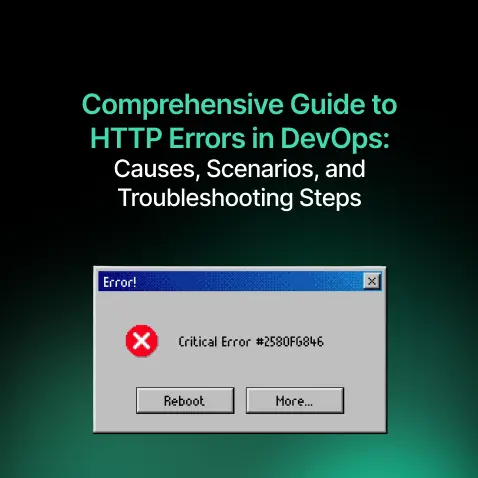
Comprehensive Guide to HTTP Errors in DevOps: Causes, Scenarios, and Troubleshooting Steps
- Blog
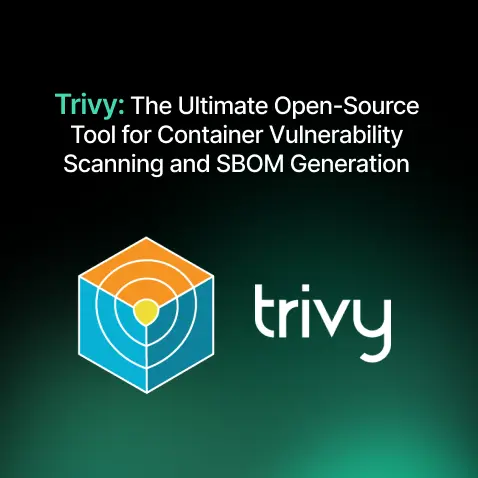
Trivy: The Ultimate Open-Source Tool for Container Vulnerability Scanning and SBOM Generation
- Blog
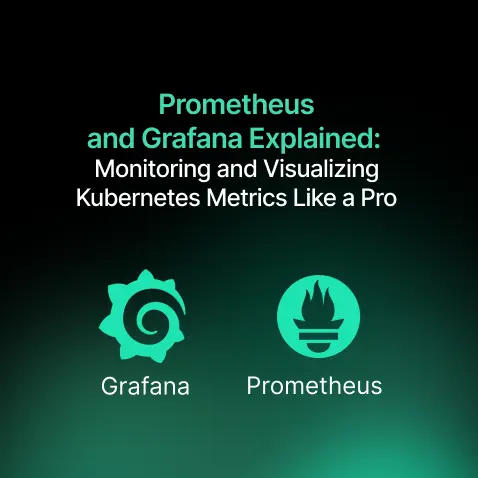
Prometheus and Grafana Explained: Monitoring and Visualizing Kubernetes Metrics Like a Pro
- Blog
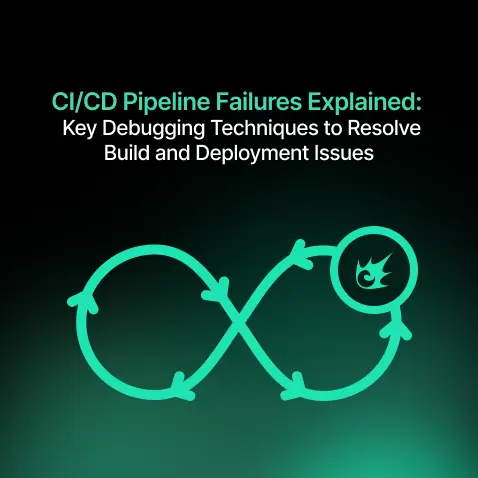
CI/CD Pipeline Failures Explained: Key Debugging Techniques to Resolve Build and Deployment Issues
- Blog
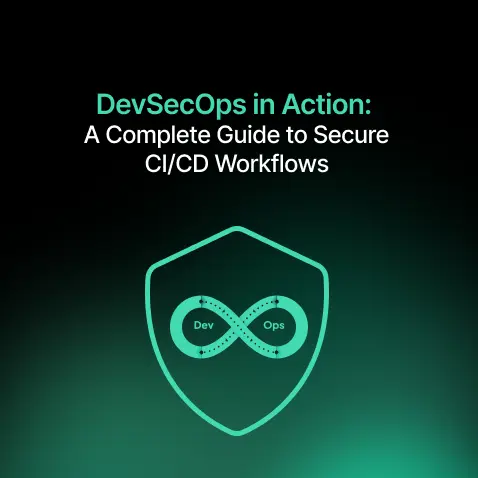
DevSecOps in Action: A Complete Guide to Secure CI/CD Workflows
- Blog
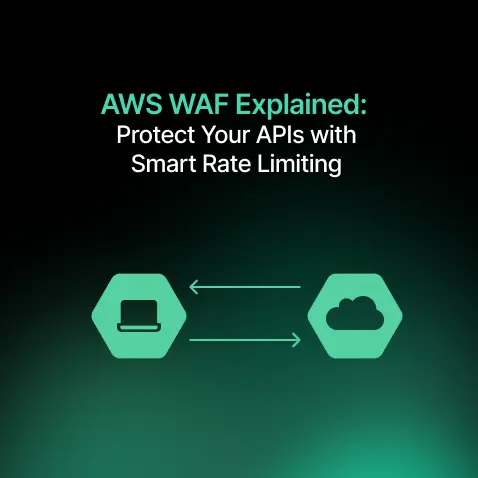
AWS WAF Explained: Protect Your APIs with Smart Rate Limiting
- Blog

